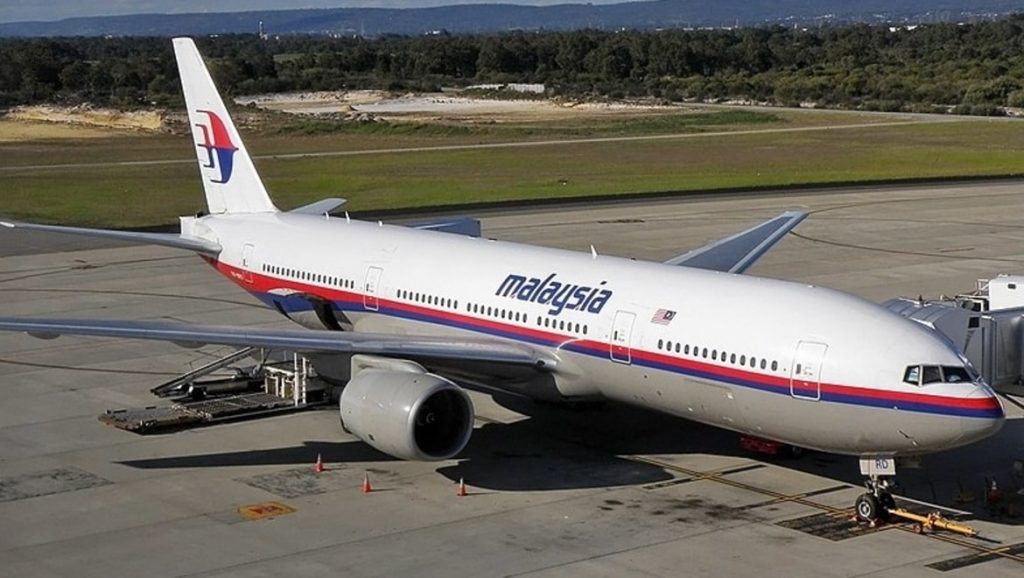
A United States marine robotics company has kickstarted a search for the missing MH370 aircraft, announced on the eighth anniversary of one of aviation’s biggest mysteries.
The company, Ocean Infinity, concluded its first search in 2018 without any success, but is set to begin the investigation again by the first half of 2023, after investing in more advanced technology.
The Malaysian Airlines flight 370 – a Boeing 777 – on its way to Beijing from Kuala Lumpur strangely disappeared with 227 passengers and 12 crew on board, and it is still yet to be found.
Following a search of 120,000 square kilometres in the Indian Ocean conducted by the Australian, Chinese and Malaysian governments that ended in January 2017, new information has been limited.
Speaking on the eighth anniversary of the disappearance on Tuesday, CEO of Ocean Infinity Oliver Plunkett said the company is “ready to go back and carry on” with the search, four years since its first attempt.
“There’s a lot of work for us to do,” Plunkett said at the event. “To get the ships ready, for the guys to carry on doing the planning, to talk to the government, to get ourselves organised.”
Apparently, the company was planning to resume the search in 2020, but the pandemic made the operation not feasible.
Plunkett explained that the additional time to plan enabled the company to change how Ocean Infinity would operate the investigation and provided more clarity of where to search.
In January 2018, Ocean Infinity, under contract with the Malaysian government, undertook a 90-day search campaign to locate the wreckage in the seventh arc, which is where the aircraft is believed to be, along the Southern Indian Ocean.
But after 138 days and 125,000 square kilometres of searching, the company was unable to find the aircraft.
Instrumental for the pursuit was its Seabed Constructer, a multipurpose offshore vessel contracted to Ocean Infinity since 2016.
However, Plunkett said the company realised the vessel “wasn’t the future” and it was focusing on “more simplistic” measures, such as using fully robotic, autonomous ships.
“For the last couple of years, as we transitioned through COVID, we’ve taken that step-in technology and invested even more heavily,” Plunkett said.
He said the boats Ocean Infinity will use for the 2023 mission are the most “modern, cutting-edge ships in the entire world”.
Plunkett acknowledged that the scale of the task is hard to comprehend, so the company has been reviewing data from the 2018 search to ensure no information is missing.
“Hopefully, we’ll enjoy the same support from the Australian authorities as we did last time,” Plunkett added.
Peter Foley, former Australian Transport Safety Bureau (ATSB) program director of the MH370 hunt said at the event there was still 100,000 km2 left of the seabed to be examined.
“I’ve said for quite some time that I believed the official search ended prematurely,” Foley said.
He believes that Ocean Infinity’s technology could succeed in as little as 100 days.
“We were still very eager to continue. We knew there were some highly prospective areas that needed to be searched and there was some crucial analysis that was still being undertaken at the time the search was wound up.”
The new chief commissioner of the ATSB, Angus Mitchell, welcomed the commitment of the search, after having recently initiated an analysis of the data collected from the aircraft hunt in 2017, along with Geoscience Australia.












